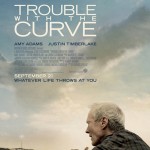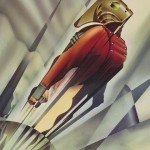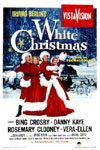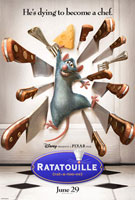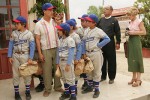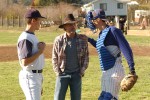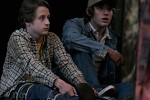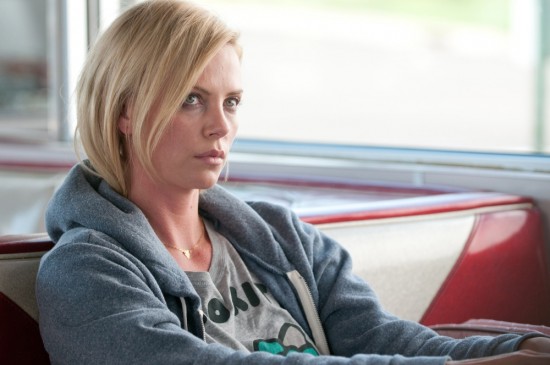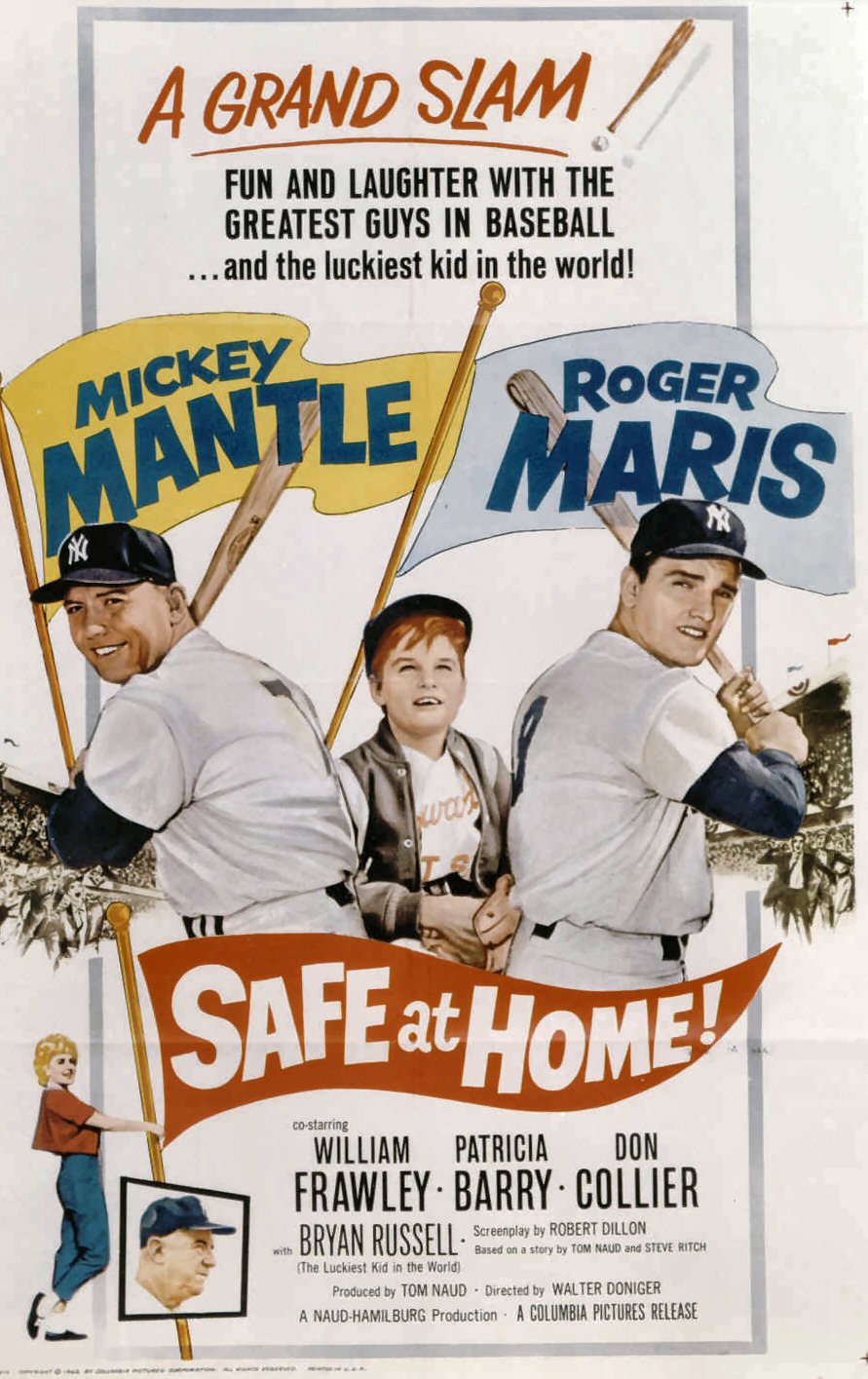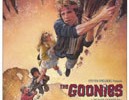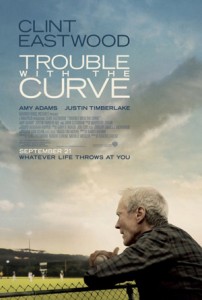 The curveball is a tricky pitch. As a batter, you know it when you see it. Its spin taunts you. Yet, as it approaches the plate, it starts its dance and do its thing. Even the best hitters in the game can become entranced by the curve ball’s deception. The next thing you know, you’re swinging and the one-of-a-kind sucking slap of ball going in the catcher’s mitt sounds. To a batter, a great curveball is so obvious and so frustrating at the same time. Robert Lorenz’s Trouble with the Curve is much the same. It hides nothing, leaving everything out in the open to be seen from the get-go. Little is left to be discovered, particularly when it comes to the lead storyline, which may have been best left as something secondary.
The curveball is a tricky pitch. As a batter, you know it when you see it. Its spin taunts you. Yet, as it approaches the plate, it starts its dance and do its thing. Even the best hitters in the game can become entranced by the curve ball’s deception. The next thing you know, you’re swinging and the one-of-a-kind sucking slap of ball going in the catcher’s mitt sounds. To a batter, a great curveball is so obvious and so frustrating at the same time. Robert Lorenz’s Trouble with the Curve is much the same. It hides nothing, leaving everything out in the open to be seen from the get-go. Little is left to be discovered, particularly when it comes to the lead storyline, which may have been best left as something secondary.
Clint Eastwood plays Gus, a scout for the Atlanta Braves. Old, crusty and unpleasant to be around, Gus is on the verge of being put out to pasture. Baseball has been his life and identity for decades. Letting it go would be mean the end of his perceived purpose. Unbeknownst to him, Gus is sent on a potentially final scouting trip to check out some stud prospect.
Reluctantly joining him is his daughter, Mickey (Amy Adams). Raised around baseball, she has an expansive knowledge of the game that’s better than most of her father’s scouting peers. Of course, there’s some daddy issues Mickey and Gus have to deal with. But what better time than when they’re forced together, both at a crossroads in their lives.
One of the strengths of Trouble with the Curve actually ends up working against it. Each of the characters in the film has a distinct personality and clear motives. This should be a good thing. For some of the characters, it is. But looking at the film as a whole, they detract from the core story. In this instance, it’s Gus. At least in the beginning. The second half feels more like Mickey’s film. I wonder if Trouble with the Curve would have been a better film if it was Mickey’s from the start. Her’s is the most interesting story and the one with the most genuine drama. Surrounded by largely one-dimensional characters, including Gus, Mickey is much more complex. She battles between being ‘daddy’s girl’ and an independent woman. She is forced to face the wise career choice and the one that might bring her greater fulfillment. Mickey has to come to grips with her strained relationship with her father. On top of all that, there are the standard love issues and such.
While none of what Mickey deals with is particularly groundbreaking, she is by far the most interesting character in the film. Of course, having the always dependable Adams playing her helps greatly as well. She does an excellent job of bringing out both the tough and vulnerable sides of Mickey and is a key part of most of the film’s best moments. In fact, Trouble with the Curve plays best when it’s Adams and Justin Timberlake playing off of one anther. They show good chemistry and make an obvious connect much more entertaining than, perhaps, it had a right to be.
Trouble with the Curve is sadly predictable. While it’s never good to pull anything out of thin air, the way everything is laid out takes away much of the potential drama. Foreshadowing is definitely a good thing. But it should work to open up possibilities in a story. Here, it’s more like a giant neon arrow that signals, “Obvious plot point coming!” At some points, these flags are insulting as they offer up a shortcut rather than letting something develop.
A film should have a pitcher’s command. Great pitcher’s are in control of the game and, ultimately, their own fate. They use their repertoire to get ahead of the hitter. This gives them more even more control. With the right count, they can play to their own strengths and own the hitter.Trouble with the Curvefeels like the opposite. It usually feels like it’s in the defensive, letting the batter direct the flow. In the instance of the film, the trouble is coming up with a way to juggle the many storylines. A choice was made to center on Gus but the follow through comes from Mickey. Because of this, the story has to rush through key points and waste time on other inconsequential ones.
And like a hanging curveball, Trouble with the Curveshows some of the right moves but it doesn’t do anything. It sits there before getting smoked, the exact opposite result of what a pitcher wants.
Trouble with the Curve Gallery
Trailer
